Cinnamon Cockatiel as Pet: What to Know Before You Adopt it
Thinking of adopting a Cinnamon Cockatiel? Our blog post will guide you through what to expect, ensuring a happy pet-owner relationship.
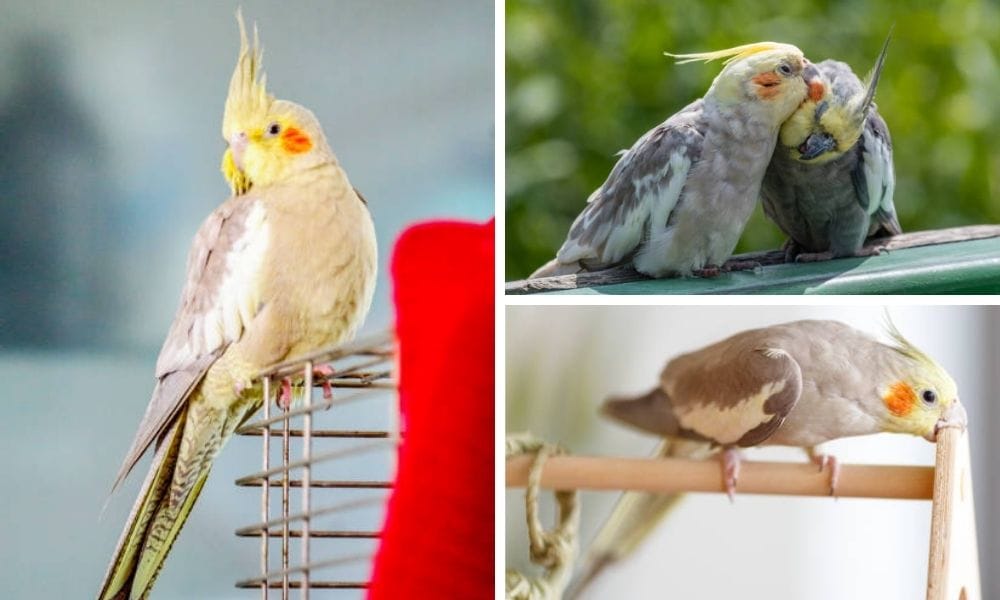
Cinnamon Cockatiels are a charming and unique variety of the cockatoo family, known for their warm, cinnamon coloring and friendly disposition. If you're considering adopting one of these feathered friends, it's essential to be well-informed about their care, behavior, and specific needs.
Key Takeaways:
- Cinnamon Cockatiels are part of the cockatoo family and are known for their distinctive cinnamon coloring and gentle nature.
- Understanding the care requirements, including diet, socialization, and health, is crucial before adopting a cinnamon cockatiel.
- Recognizing the signs of a healthy bird and knowing the genetic background of cinnamon cockatiels can help ensure a positive pet ownership experience.
Understanding the Cinnamon Cockatiel
Cinnamon Cockatiels are a color mutation of the standard grey cockatiel, a member of the parrot family. Their feathers lack the grey pigment found in their traditional counterparts, resulting in a warm, chocolate brown coloration. This mutation affects the overall plumage, giving these birds a softer appearance compared to the more common grey cockatiel.
The cinnamon coloring is a sex-linked recessive mutation, which means that it can be more challenging to breed these birds. As a result, cinnamon cockatiels are typically higher priced than other mutations. Bird enthusiasts are often drawn to them for their unique coloring and the rarity of the mutation.
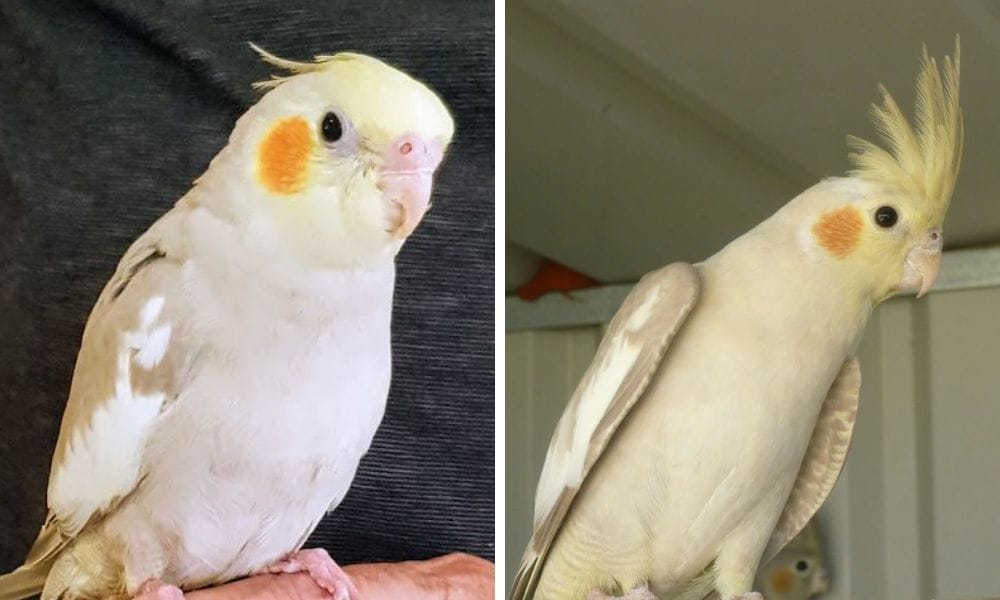
Identifying a Cinnamon Cockatiel
When looking at pictures or visiting bird stores, you'll notice that cinnamon cockatiels have a pale yellow to bright yellow face with the iconic orange cheek patch. The yellow barring on the tail and wings is less pronounced than in the standard grey cockatiel. Females may have more yellow barring and dots on their tail feathers, which can help sex cockatiels before their first molt.
The isabelle cockatiel, often confused with the cinnamon, has a more muted color palette. The cinnamon's feathers have a warmer, more uniform brown pigment, while the isabelle's plumage is a mix of grey and brown. Bird breeders can provide a more detailed description of cockatiels to help distinguish between the two.
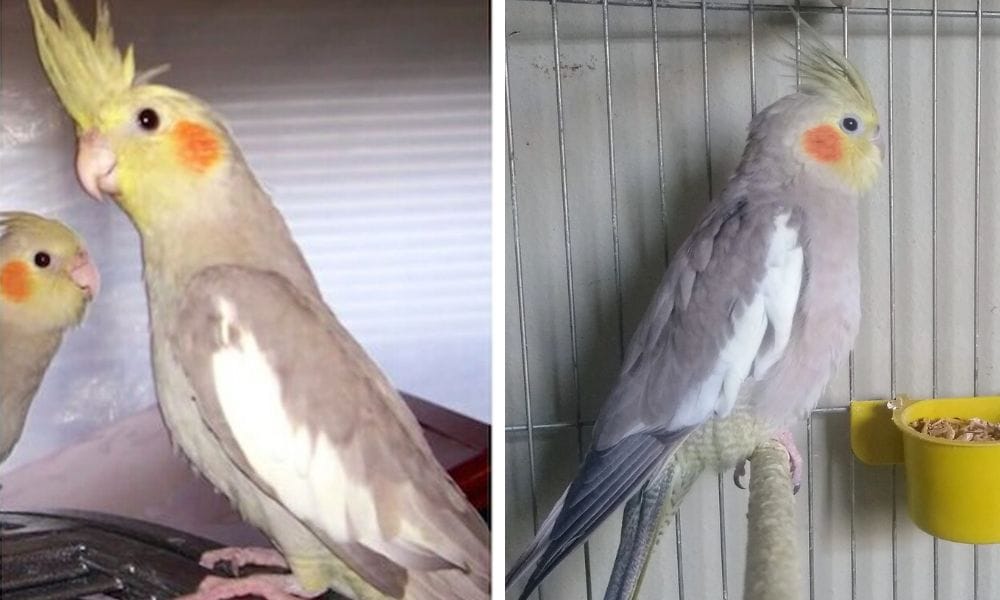
Diet and Nutrition
Cinnamon cockatiels, like all cockatiels, require a balanced diet to maintain their health. A mix of high-quality seeds, pellets, and fresh fruits and vegetables should be provided daily. Avoid feeding them avocado, chocolate, and caffeine, as these can be toxic to birds.
It's also important to provide a constant supply of fresh water. Some cinnamon cockatiels may enjoy bathing in their water dishes, so it's best to offer a separate bath for this purpose. This will help keep their feathers in good condition and promote healthy preening behavior.
Housing Your Cinnamon Cockatiel
The cage for your pet cockatiel should be spacious enough to allow for flight and exercise. A minimum size of 20 x 20 x 24 inches is recommended, but larger is always better. The cage should be equipped with perches of varying diameters to exercise their feet and prevent sores.
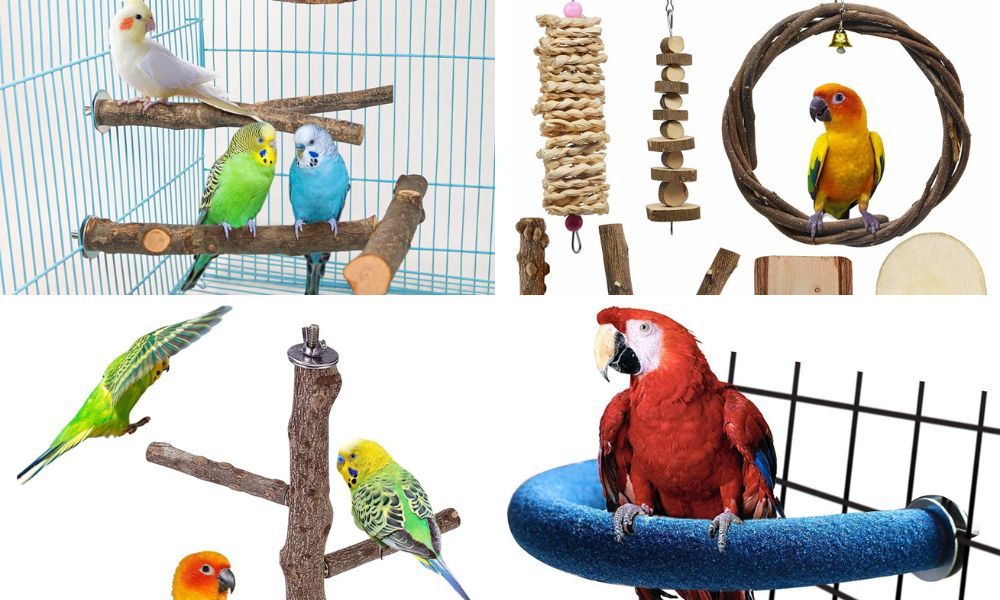
Toys are essential for mental stimulation and to prevent boredom. Cinnamon cockatiels are intelligent birds that enjoy puzzles, mirrors, and toys that can be chewed or dismantled. Rotate the toys regularly to keep your bird interested and engaged.
Socialization and Training
Cinnamon cockatiels are known for their ability to mimic sounds and, with patience, can learn to whistle tunes or even speak a few words. Socialization is key to a well-adjusted bird, so spend time each day interacting with your pet.
Training should be done in short, positive sessions. Cinnamon cockatiels respond well to praise and treats as rewards. Consistency is crucial, as is starting training at a young age. Young birds are more adaptable and learn more quickly than older birds.
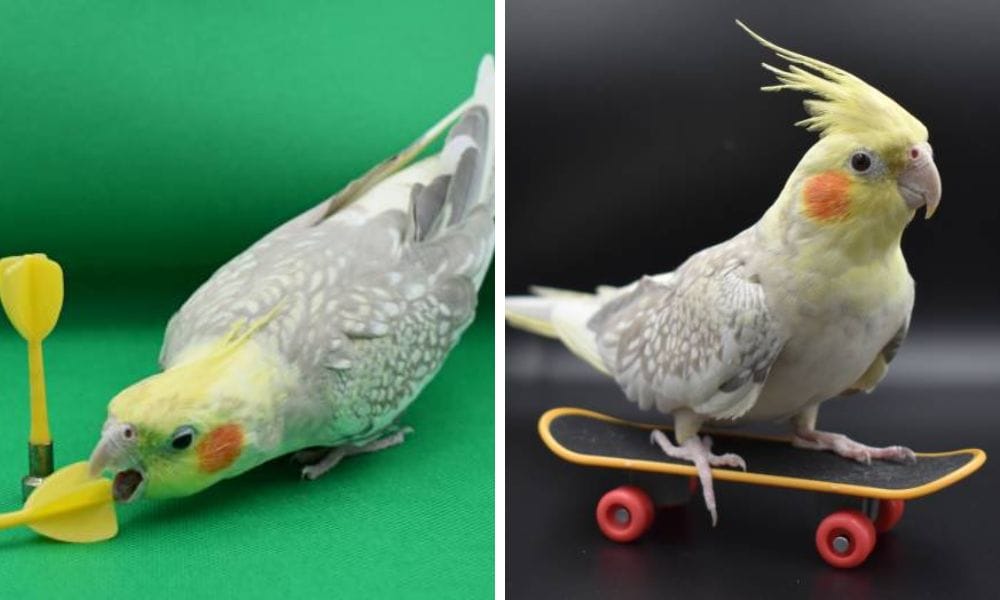
Understanding Cockatiel Mutations: Cinnamon Variants and Beyond
Cockatiel enthusiasts often marvel at the array of colors and patterns that these birds can exhibit. Among them, the cinnamon pied cockatiel and cinnamon pearl cockatiels are particularly captivating with their unique feathering. These variations are the result of cockatiel mutations, which can be sex-linked recessive mutations or dominant ones like the dominant silver. Each mutation alters the pigmentation and pattern of the feathers, creating a tapestry of possibilities for breeders and pet owners alike. For instance, the cinnamon mutation affects the grey color in a cockatiel's feathers, giving them a warm, brownish hue.
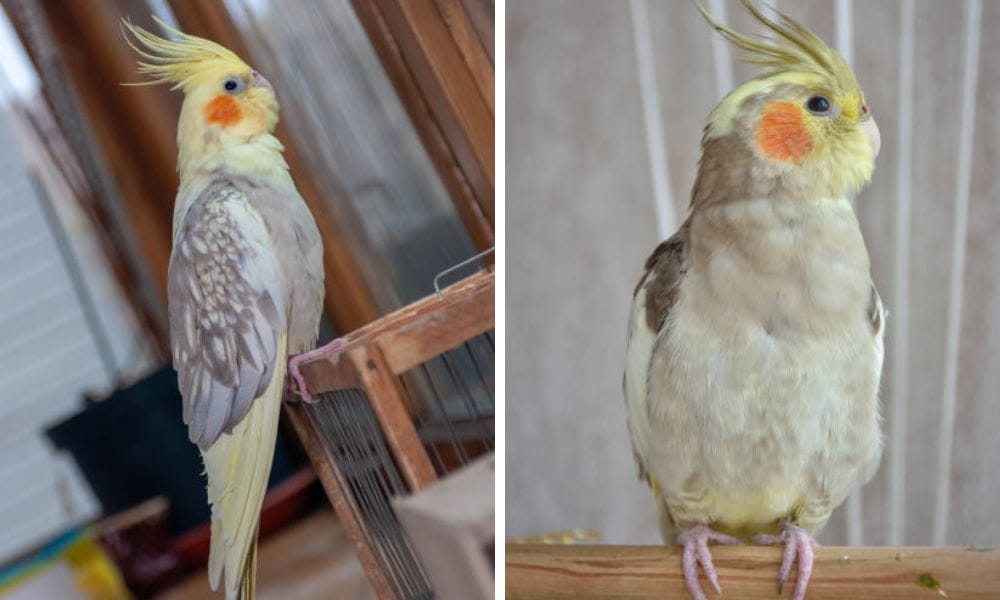
Caring for Your Cinnamon Pearl Cockatiel
Cinnamon pearl cockatiels are a stunning variety of the cockatiel species, known for their unique feather pattern and warm, cinnamon coloring. When bringing this pet bird into your home, it's essential to understand that their care extends beyond the basics of food and shelter. These birds thrive on attention and mental stimulation, so providing a variety of toys and regular interaction is key. Engage with your cinnamon pearl cockatiel through talking, whistling, or even teaching it simple tricks to keep its mind active and to strengthen your bond.
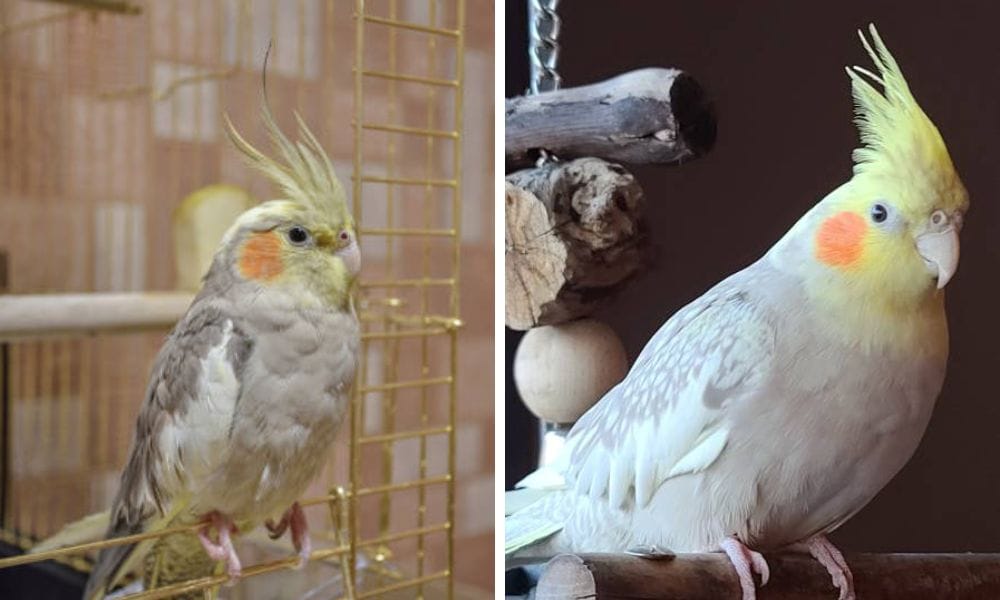
The Intricacies of Sex-Linked Recessive Mutations in Cinnamon Cockatiels
Cinnamon Cockatiels are a wonder of genetics, showcasing the delicate dance of sex-linked recessive mutations. These mutations occur on the X chromosome and are responsible for the warm, chocolate-brown coloring that distinguishes the cinnamon variety from their counterparts. In cockatiels, the males have two Z chromosomes (ZZ), while females have one Z and one W chromosome (ZW). This means that if a male carries the cinnamon trait on one of his Z chromosomes, he will display the cinnamon phenotype, as it only needs to be present on one of the two chromosomes to be expressed.
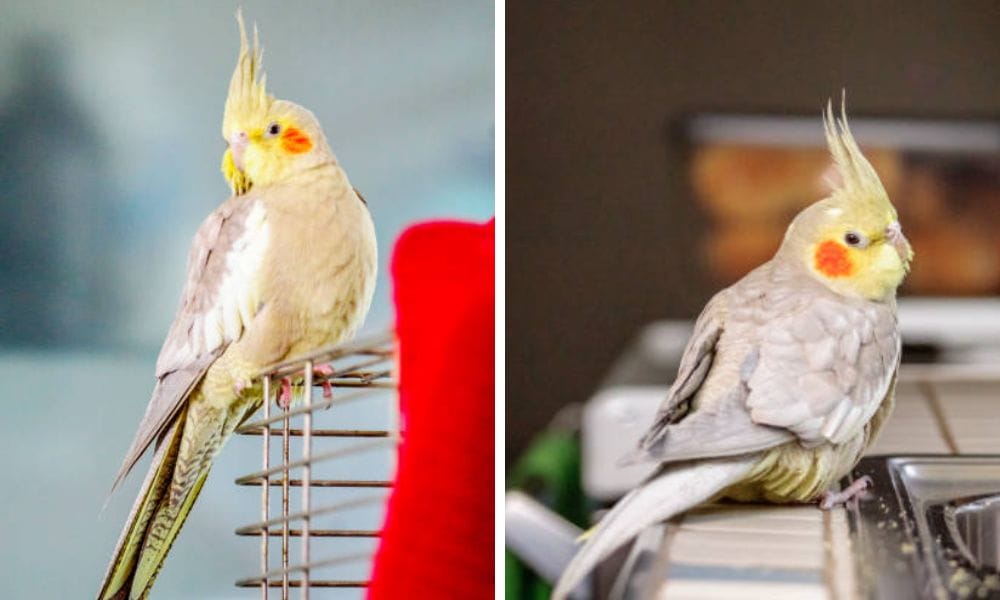
The Role of Genetics in Cinnamon Cockatiel Pairings
When it comes to breeding Cinnamon Cockatiels, the sex-linked recessive mutation plays a pivotal role in determining the offspring's coloration. Breeders must carefully select mating pairs to increase the likelihood of producing cinnamon-colored chicks. For instance, pairing a cinnamon male with a normal female can result in all female offspring being cinnamon, as they will inherit the mutated gene from their father. On the other hand, none of the male offspring will be cinnamon unless the mother also carries the mutation, even if she doesn't express it.
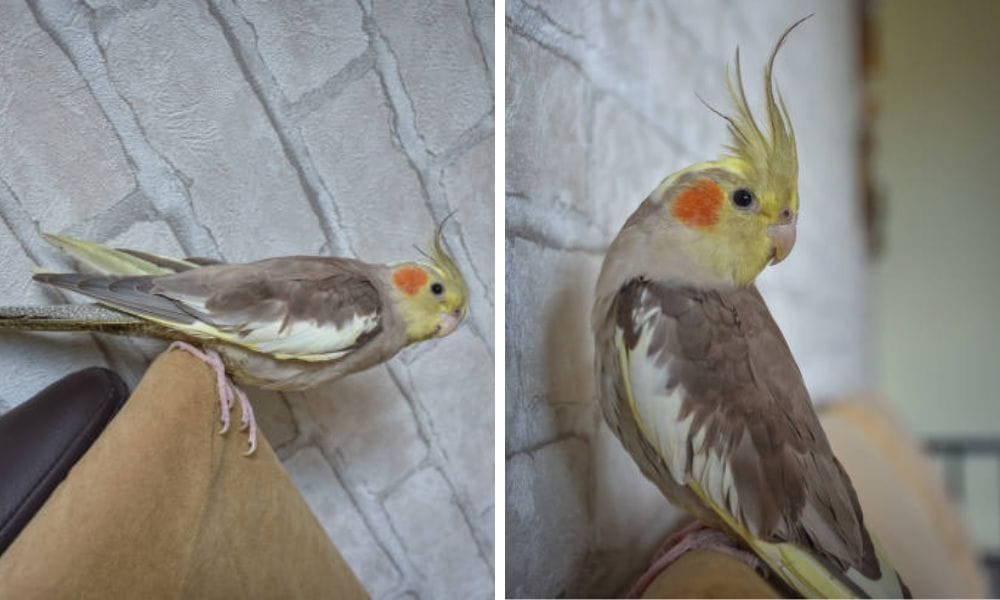
The Genetic Splendor of Cinnamon Cockatiels
The cinnamon cockatiel is a testament to the genetic diversity within the cockatiel species, and understanding this can be fascinating for any bird enthusiast. The cinnamon coloration is due to a sex-linked recessive mutation, which affects the melanin in the feathers, resulting in a lighter, warmer hue. This mutation can be traced back to the pioneering work of aviculturists like Barbara Rost, who have contributed significantly to our understanding of bird genetics. When observing these birds, one can appreciate the delicate balance of nature and the role genetics play in the beauty of our pet birds.
Cockatiel Behavior: Insights into Your Feathered Friend's Personality
Cockatiel behavior is a fascinating subject for any proud mom or dad of these charming birds. These creatures are among the most popular pet birds due to their sociable and affectionate nature. Observing a cockatiel's behavior can provide insights into its health and happiness. For example, a cockatiel with its wings clipped may exhibit different behavior than one allowed to fly freely; the former may be more dependent on its human companions, while the latter retains more of its wild instincts. It's important to note that wings should be clipped properly to ensure the bird's safety and well-being.
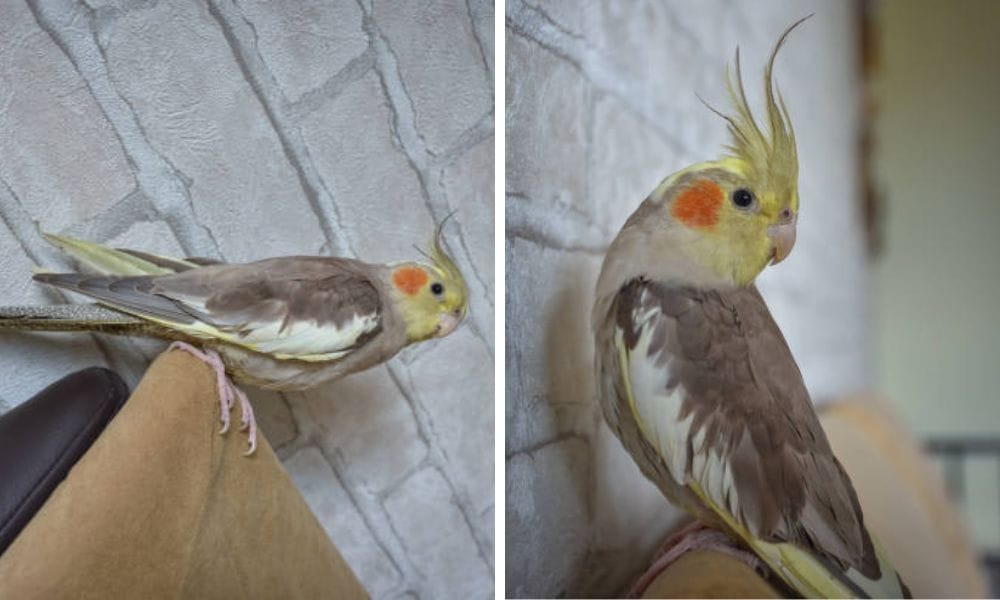
Health and Wellness
Cinnamon cockatiels are hardy birds, but they are susceptible to certain health issues. Regular check-ups with an avian vet are essential to catch any problems early. Watch for signs of illness, such as changes in behavior, droppings, or feathers.
A proper diet, clean living environment, and regular exercise can prevent many common health problems. Ensure that your bird's cage is cleaned regularly and that any uneaten food is removed to prevent spoilage and bacteria growth.
Breeding Cinnamon Cockatiels
If you're interested in breeding cinnamon cockatiels, it's important to understand the genetics involved. As a sex-linked recessive mutation, breeding cinnamon cockatiels can be more complex than breeding other color mutations.
It's recommended to consult with experienced bird breeders or genetic specialists to understand the probabilities of producing cinnamon offspring. Breeding should only be done responsibly, with the health and welfare of the birds as the top priority.
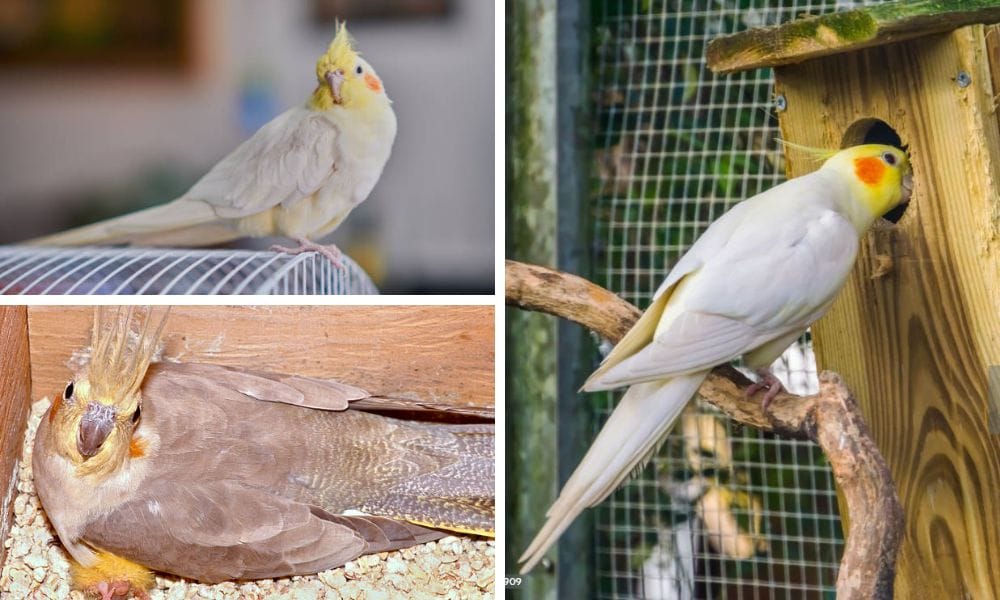
The Cost of Owning a Cinnamon Cockatiel
Owning a cinnamon cockatiel involves initial costs such as the bird itself, which is typically higher priced due to its unique coloring. Additionally, you'll need to invest in a suitable cage, toys, food, and accessories.
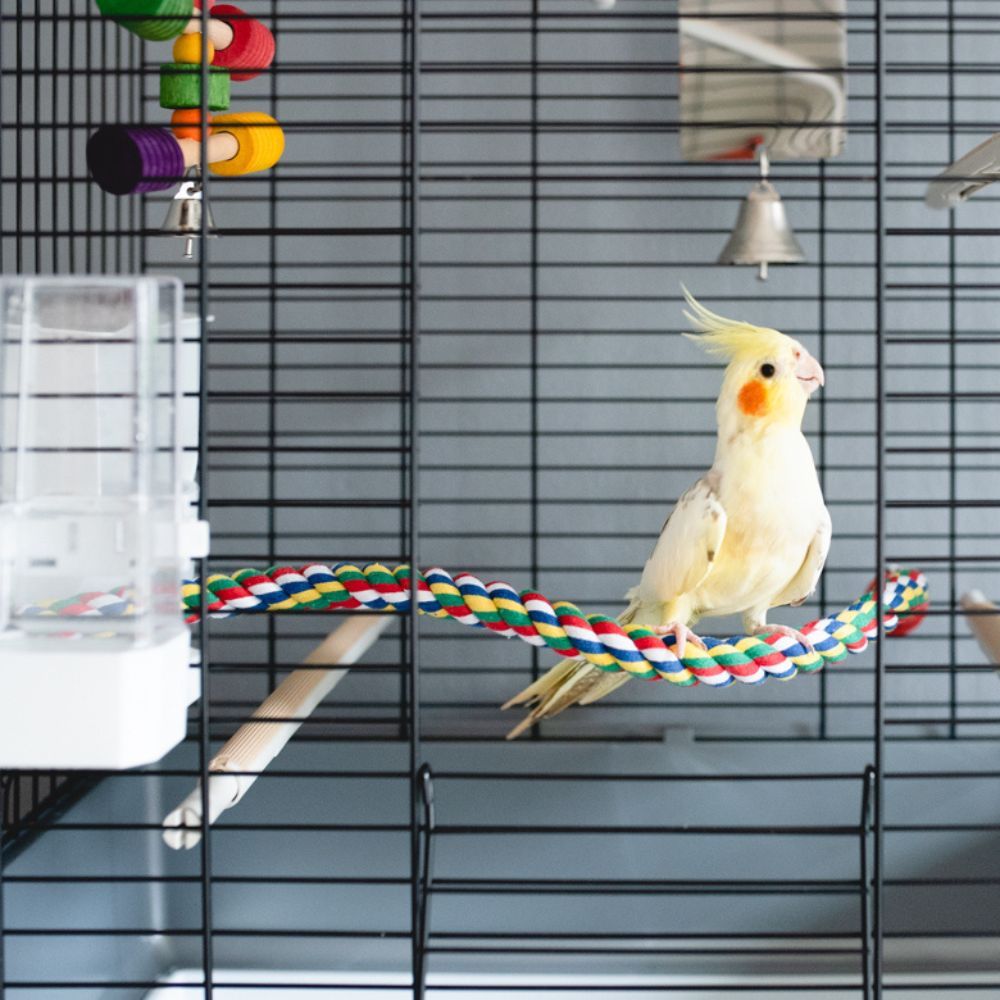
Ongoing costs include veterinary care, food, and replacement toys. It's important to budget for these expenses to ensure you can provide the best care for your pet cockatiel.
Finding a Reputable Breeder or Pet Store
When looking to adopt a cinnamon cockatiel, your best bet is to find a reputable breeder or pet store. They should provide health guarantees and be willing to answer any questions about the bird's origin, health, and care requirements.
Research and read reviews to ensure that you are dealing with a trustworthy source. A good breeder or pet store will prioritize the well-being of their birds and be knowledgeable about the cinnamon cockatiel mutation.
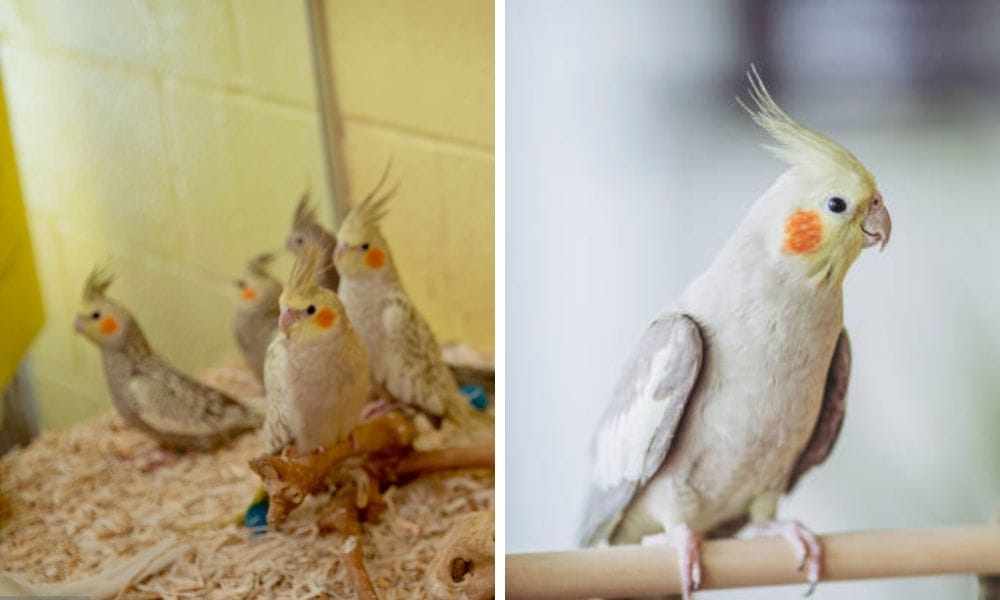
Preparing for Your New Pet
Before bringing your cinnamon cockatiel home, ensure that you have all the necessary supplies. This includes a cage, food, water dishes, perches, toys, and a first-aid kit for birds.
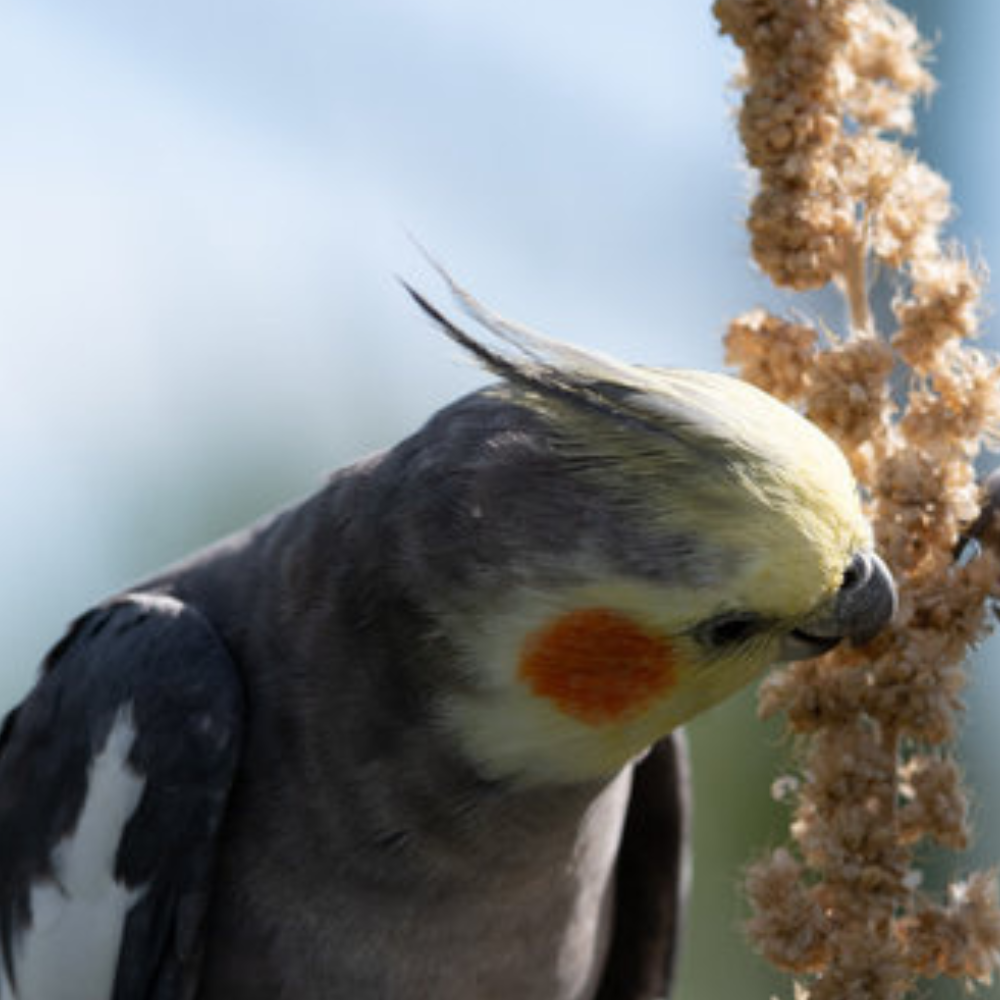
It's also wise to locate an avian veterinarian in your area and schedule a wellness check-up soon after adoption. This will help establish a baseline for your bird's health and provide peace of mind.
The Joy of Cinnamon Cockatiels
Cinnamon cockatiels are known for their affectionate nature and can form strong bonds with their owners. They are often described as "good pets" and "proud moms" due to their nurturing behavior and the joy they bring to their human families.
Their unique coloring and sweet disposition make them a favorite among cockatiel owners. With proper care, a cinnamon cockatiel can be a delightful and rewarding companion for many years.
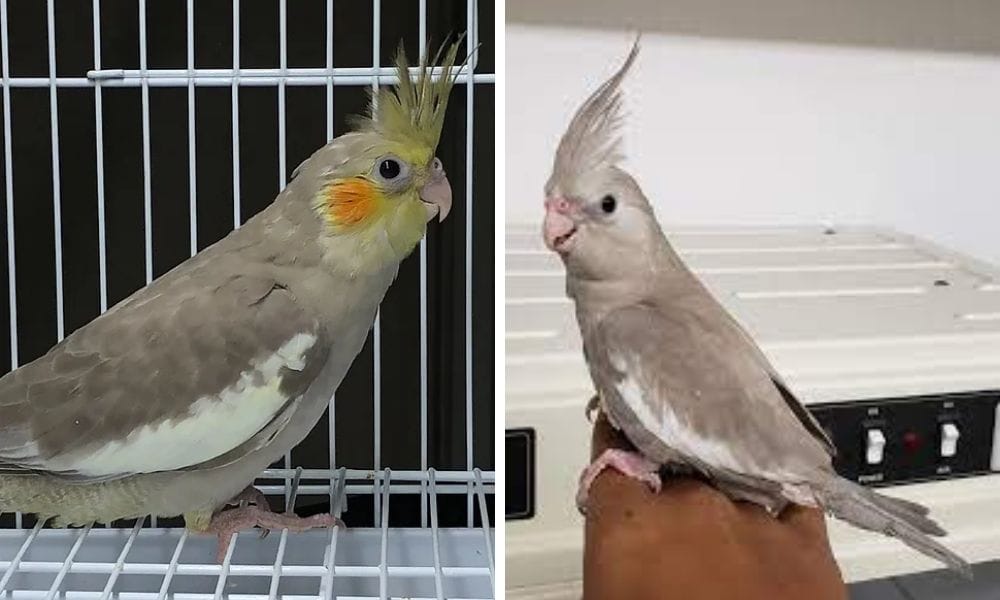
Summary
Cinnamon cockatiels are a beautiful and engaging variety of the cockatoo family, perfect for those looking for a pet with a unique appearance and a friendly personality. Before adopting one, it's essential to understand their dietary needs, socialization habits, health concerns, and the costs involved in their care. By preparing adequately and choosing a reputable source, you can ensure a happy and healthy life for your cinnamon cockatiel.
FAQ Section
Q: How can I tell if a cockatiel is a cinnamon mutation? A: Cinnamon cockatiels have a warm, chocolate brown coloring instead of the standard grey. They also have a pale yellow to bright yellow face with an orange cheek patch. The brown pigment in their feathers is a result of a sex-linked recessive mutation.
Q: Are cinnamon cockatiels good pets for families? A: Yes, cinnamon cockatiels are known for being gentle and affectionate, making them good pets for families. They enjoy social interaction and can form strong bonds with their owners.
Q: What should I feed my cinnamon cockatiel? A: A balanced diet for a cinnamon cockatiel should include high-quality seeds, pellets, and a variety of fresh fruits and vegetables. Always provide fresh water and avoid toxic foods like avocado, chocolate, and caffeine.

